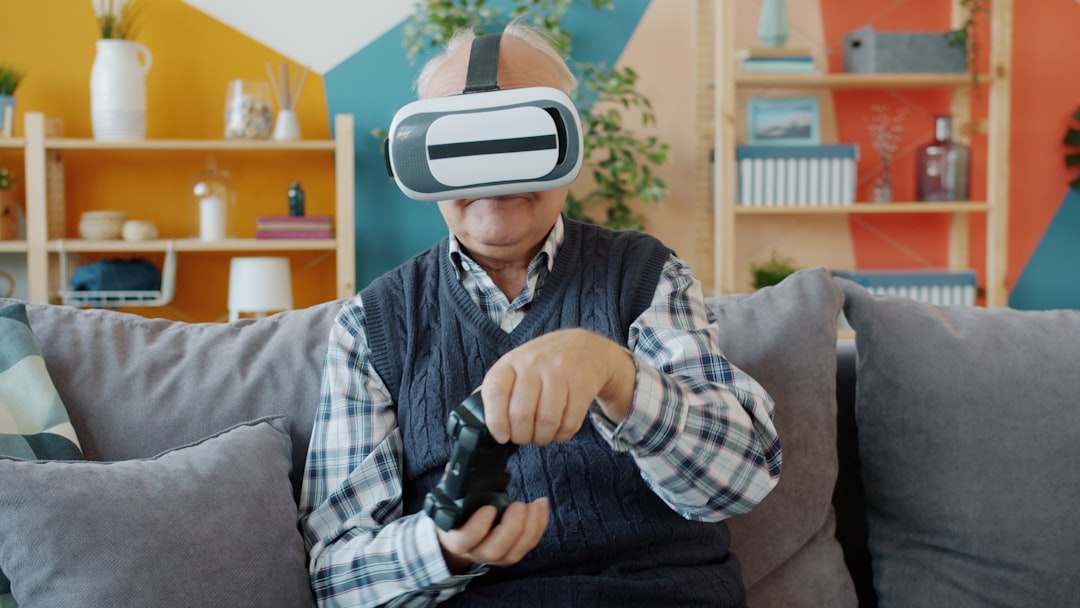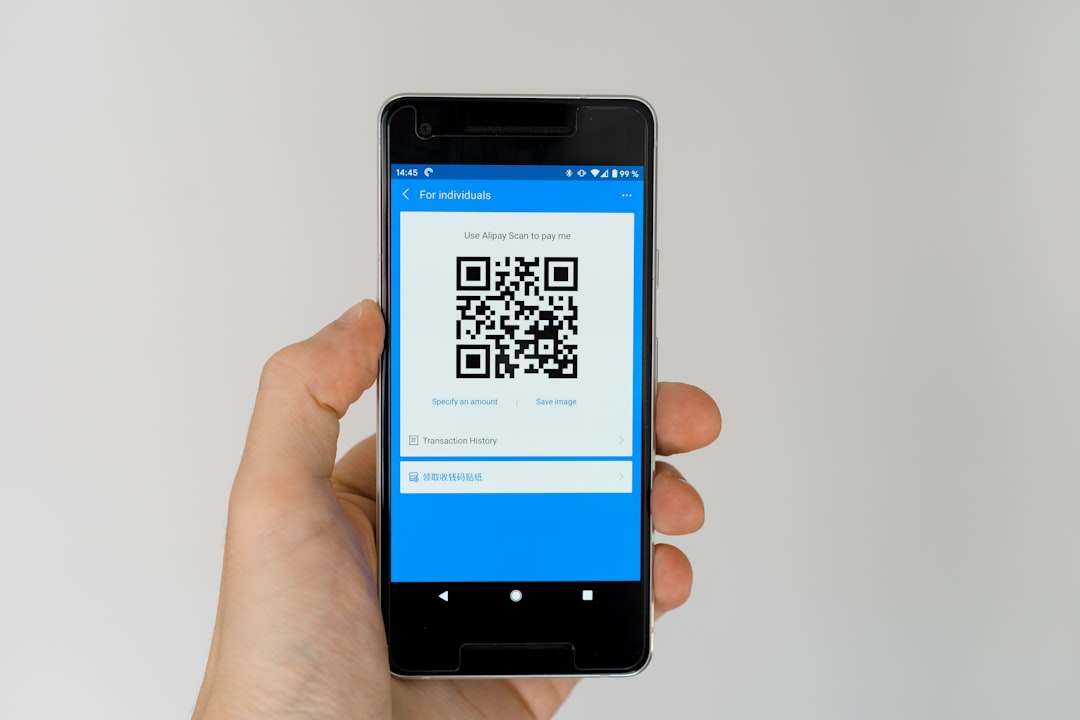**YouTube’s pioneering journey began in the most unexpected of ways: with a humble video shot at a zoo.** It was April 23, 2005, when Jawed Karim, one of YouTube’s co-founders, posted the site’s first-ever video titled “Me at the zoo,” an 18-second clip that would unknowingly pave the way for a digital transformation. This seemingly ordinary video marked the dawn of a new era, wherein anyone, anywhere, with any type of camera could share their perspective with the world instantly. While it documented Karim’s casual visit to the elephants at the San Diego Zoo, its real significance lay far beyond the mundane.
Anyone who watches videos online can attest to YouTube’s revolutionary impact on how we consume media. In its 20-year trajectory, YouTube has grown from a simple idea to become one of the largest players in the online space. But how exactly did this happen? What made YouTube such a force to be reckoned with, and how did it change the internet’s landscape forever?
YouTube’s fundamental offering—the ability to upload and share videos freely—democratized video content. Before its existence, users had limited options for video distribution on the internet, often requiring significant resources and technical know-how. With YouTube, anyone with internet access and a device that could record video was empowered to become a creator. This paradigm shift unleashed a torrent of creativity and innovation that continues to impact online culture today.
YouTube’s meteoric rise was not just the result of its user-friendly platform; it was also due to its keen understanding of evolving digital trends. The platform’s acquisition by Google in 2006 for $1.65 billion in stock opened a floodgate of possibilities. With Google’s resources and expertise, YouTube expanded its capabilities, cementing its position as the go-to hub for internet videos.
The development of YouTube partners and monetization schemes such as AdSense transformed YouTube into a viable career option for many. Suddenly, content creators were not just filming fun videos; they were entrepreneurs building brands, communities, and livelihoods from their passions. This shift contributed immensely to the “creator economy,” where careers are built around digital content creation. The site became fertile ground for influencers, vloggers, educational tutorials, music videos, and more.
Despite its immense success, YouTube has not been without challenges. One of the biggest hurdles has been content regulation. The accessibility that makes YouTube brilliant also makes it contentious; content moderation to prevent exploitation, misinformation, and harmful content remains an ongoing battle for the platform. YouTube continuously works on enhancing its content policies, implementing advanced machine learning algorithms to better identify and manage content that violates its policies.
Further innovations, like YouTube Premium and the revolutionary YouTube Shorts, have kept the platform competitive and dynamic. The introduction of YouTube Premium gave users an ad-free experience, appealing to those deterred by the frequent interruptions during viewing. YouTube Shorts, designed to compete with TikTok’s short-form content, highlights the platform’s ability and willingness to adapt to current trends, preserving its relevance in an ever-evolving digital landscape.
YouTube has also played a crucial role in advancing accessibility and inclusivity in media. Features like captions, translation options, and accessibility enhancements ensure that content is available to a global audience, bridging gaps across different languages, cultures, and abilities.
As we look towards the next decade, YouTube’s influence will likely continue to evolve. With the advent of new technologies such as virtual reality and augmented reality, YouTube may further enhance its content delivery, offering users more immersive experiences. Video remains a powerful medium for storytelling, education, and connection, and YouTube is poised to harness future technologies to keep pushing boundaries in content creation and consumption.
Furthermore, as social and cultural trends shift, YouTube will likely play a pivotal role in fostering discussions around significant topics, from social justice to environmental changes, providing a platform where diverse voices can be heard and engaged with.
In essence, YouTube’s journey from a simple zoo video to a global platform is a testament to the internet’s power to transform simple ideas into cultural phenomena. As YouTube turns 20, it celebrates not just the past achievements but also the future potential of digital interaction and storytelling. The internet owes much of its evolution to this once small startup that dared to believe everyone had a story worth sharing.
Big Tech News
YouTube turns 20
















Leave a Reply